Tie Dye Washing Instructions: A Comprehensive Guide
This comprehensive guide provides essential tie dye washing instructions, ensuring your vibrant creations remain bright and beautiful. We’ll cover everything from pre-wash preparations to maintaining long-lasting color. Follow these steps to protect your tie-dye masterpieces!
Tie-dyeing is a fun and creative way to personalize clothing and accessories, but proper washing is crucial to preserve the vibrant colors and prevent unwanted dye bleeding. This guide addresses the specific needs of tie-dyed items during washing, ensuring the longevity and brilliance of your designs. Understanding the unique properties of tie dye and using the correct techniques will help maintain its beauty. From setting the dye to choosing the right detergent, each step plays a vital role. Learn how to wash your tie-dye creations effectively and avoid common pitfalls such as fading or color transfer. Follow these detailed instructions for the best results.
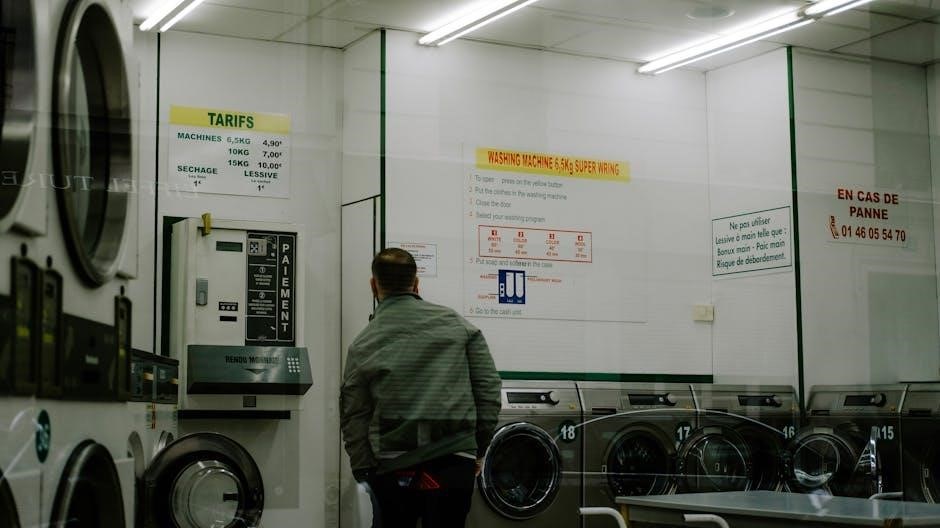
Pre-Wash Preparations
Before washing your tie dye, proper preparation is key to prevent color bleeding and ensure vibrancy. This includes setting the dye, rinsing thoroughly, and carefully removing rubber bands.
Setting the Dye: Time is Key
Allowing ample time for the dye to set is crucial for vibrant, long-lasting colors. Most instructions suggest a minimum of 6-8 hours, but extending this to 12-24 hours can significantly enhance the intensity of the dye. This prolonged setting period allows the dye molecules to properly bond with the fabric fibers, minimizing color bleeding during the initial wash. Ensure the fabric remains damp and is stored in a plastic bag or wrapped in plastic to prevent drying. The longer the dye sets, the more colorfast your tie-dye creation will be, resulting in a more vibrant and durable design after washing.
Initial Rinse: Cold Water is Essential
Before washing your tie-dyed item, the initial rinse is paramount. Cold water is absolutely essential during this step. Rinsing with cold water helps to remove excess dye without causing it to bleed and stain other areas of the fabric. Continue rinsing under cold running water until the water runs relatively clear. This process minimizes the amount of loose dye that can potentially transfer during the first wash cycle. Avoid using warm or hot water, as it can encourage the dye to bleed more readily, compromising the vibrancy and clarity of your tie-dye design.
Removing Rubber Bands: A Gentle Approach
After the initial cold water rinse, carefully remove the rubber bands. Exercise a gentle approach to avoid any damage to the fabric or accidental color transfer. Instead of ripping or tearing the rubber bands off, use scissors to snip them. Cut away from your body to prevent any accidents. As you remove each band, continue rinsing the fabric underneath to eliminate any trapped dye. This step prevents concentrated dye spots from setting into the fabric. A gentle approach during this stage helps preserve the integrity of your tie-dye design and minimizes unwanted bleeding.
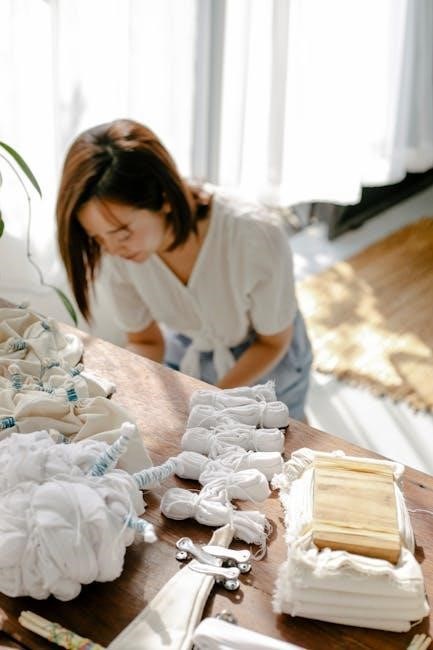
The First Wash: Protecting Your Other Clothes
The first wash is crucial. To protect other clothes, always wash your newly tie-dyed items separately. This prevents any excess dye from transferring and staining other garments in the washing machine.
Washing Separately: Why It Matters

Washing your tie-dyed items separately for the first few washes is paramount in preventing unwanted color transfer to your other clothing. During the tie-dye process, excess dye remains embedded in the fabric, and this excess dye can easily bleed out during the initial wash cycles. This bleeding can lead to discoloration or staining of lighter-colored garments, turning them into unintended tie-dye experiments.
By isolating your tie-dyed creations, you ensure that any loose dye is contained within that wash load, safeguarding the rest of your wardrobe. Consider washing similar colored tie-dyed items together, but always avoid mixing them with whites or light colors. This simple precaution can save you from potential laundry disasters.
Water Temperature: Hot Water for Best Results
For the initial wash of your tie-dyed items, utilizing hot water is highly recommended to achieve the best results in removing excess dye. Hot water aids in the release of any unbound dye molecules that remain trapped within the fabric fibers after the dyeing process. This thorough removal is crucial for preventing future color bleeding and ensuring the vibrancy of your design.
While cold water is ideal for subsequent washes to preserve color intensity, the initial hot water wash acts as a deep clean, setting the stage for long-lasting, brilliant tie-dye. Ensure the fabric can withstand hot water.
Detergent Choice: Synthrapol and Regular Detergents
Selecting the right detergent is crucial for effectively washing tie-dyed items. Synthrapol is a professional-grade, pH-neutral detergent specifically designed for removing loose dye from fabric. It helps prevent dye from re-depositing onto other areas of the garment or other clothes in the wash. If Synthrapol isn’t available, a regular laundry detergent can be used, but it’s essential to choose one that is color-safe and doesn’t contain bleach, as bleach can fade the vibrant colors of your tie-dye.
Ensure the detergent is fully dissolved before adding the tie-dyed item to the washing machine for optimal results and color protection.
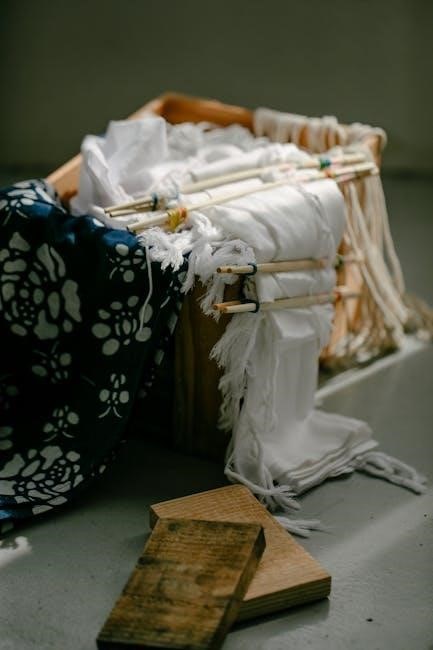
Drying Your Tie Dye
Proper drying is vital to maintain your tie dye’s vibrancy. Follow these drying instructions to prevent color bleeding and ensure your tie dye stays looking its best for longer.
Drying Separately: Preventing Color Transfer
Drying your tie-dyed items separately is crucial, especially after the first few washes. Wet tie-dye garments can easily transfer excess dye onto other clothing in the dryer, leading to unwanted staining. To avoid this, always dry your freshly tie-dyed items alone. This simple step can save you from potentially ruining other clothes. Consider using a drying rack for the first few drying cycles. This ensures no color bleeds onto other fabrics. By drying alone, you protect your other clothes and preserve the unique, vibrant pattern of your tie-dye creation. Remember, prevention is key to maintaining the quality of your tie-dye!
Heat Settings: Medium Heat Recommended
When drying your tie-dyed garments, it’s generally recommended to use a medium heat setting. High heat can cause the dye to fade more quickly and may even damage the fabric, especially if it’s a delicate material. Using medium heat helps to preserve the vibrancy of the colors and prevents excessive shrinkage. It’s also a good idea to check the care label on your garment for specific drying instructions. Over-drying can also lead to color fading, so remove the item from the dryer as soon as it’s dry. For best results, consider air-drying your tie-dye pieces occasionally to further extend their lifespan and maintain their brilliance.
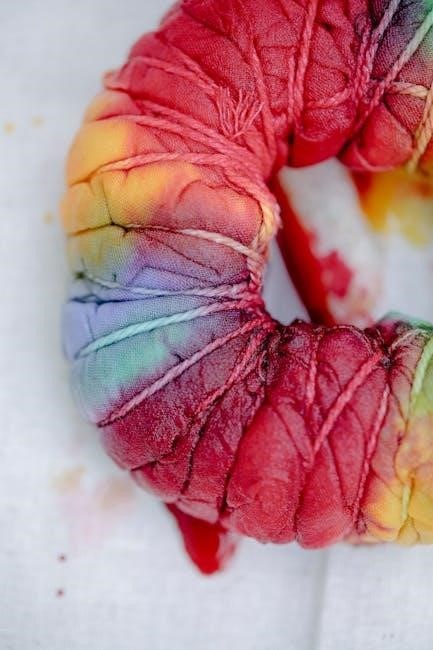
Subsequent Washes: Maintaining Vibrancy
To keep your tie-dye vibrant after the initial wash, follow specific guidelines. These include washing with similar colors and using cold water to preserve the color’s intensity for lasting brilliance.
Washing with Similar Colors: A Simple Tip
After the first few washes of your tie-dyed item, you can start washing it with other clothes, but here’s a vital tip: always wash with similar colors. This simple practice minimizes the risk of any residual dye bleeding onto your other garments; Even after the initial washes, a small amount of dye can still release, particularly in warmer water. By grouping your tie-dye with similar hues, such as other blues, greens, or purples, you’re adding a layer of protection against unwanted color transfer. This way, you can ensure your favorite tie-dye stays vibrant.
Cold Water Washing: Preserving Color Intensity
To further extend the life and vibrancy of your tie-dye, opt for cold water washing in subsequent cycles. Cold water is gentler on the dye molecules, reducing the chance of fading or bleeding. While hot water can be effective for removing excess dye initially, it can also accelerate color loss over time. Cold water helps lock in the dye, keeping your tie-dye looking fresh and bright. This simple change in your washing routine can significantly impact the longevity of your colorful creation, ensuring it remains a standout piece in your wardrobe for years to come.
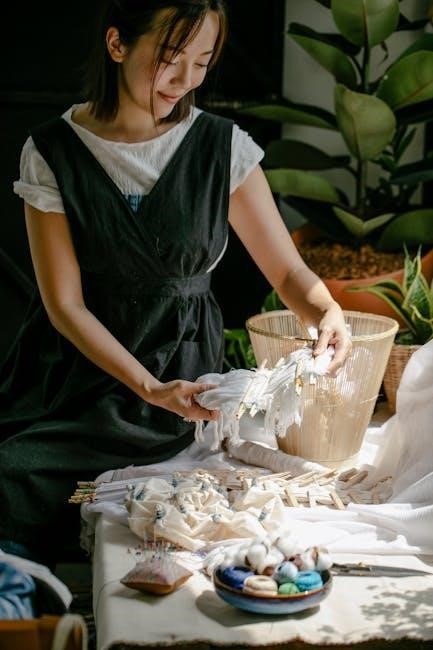
Troubleshooting Common Issues
Even with careful washing, issues like dye bleeding and fading can occur. This section provides solutions to these problems, ensuring your tie-dye remains vibrant and beautiful for longer.
Dye Bleeding: Causes and Solutions
Dye bleeding, a common issue with tie-dye, occurs when excess dye isn’t properly removed during the initial rinsing and washing stages. This can lead to unwanted color transfer onto other fabrics or even within the tie-dye item itself, muddying the design. Inadequate dye setting time or using improper washing techniques can exacerbate this problem.
Solutions include re-rinsing the item in cold water until the water runs clear, washing it separately with a color fixative like Synthrapol, and avoiding hot water during the initial washes. Ensuring the dye sets for the recommended time (often 6-24 hours) also minimizes bleeding. For severe bleeding, consider a commercial dye fixative product.
Fading Colors: Prevention Strategies
Fading colors are a common concern for tie-dye enthusiasts, but several strategies can help preserve vibrancy. Primarily, always wash tie-dyed items inside out in cold water. Hot water accelerates dye breakdown, leading to quicker fading. Use a color-safe detergent designed for delicate fabrics, avoiding harsh chemicals that strip dye molecules.
Additionally, minimize sun exposure by drying tie-dye indoors or in shaded areas. Prolonged sunlight can bleach colors. When washing, keep tie-dye separate or with similar colors to prevent color transfer and fading of brighter shades. Consider using a dye fixative during the initial wash to help lock in the color.
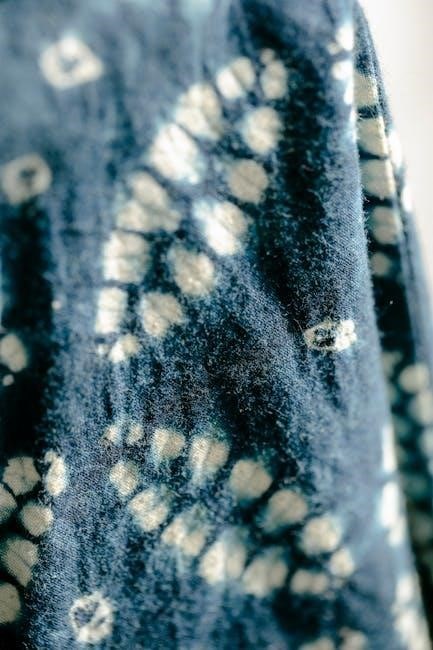
Additional Tips and Considerations
Beyond the basics, consider fabric conditioners sparingly and avoid washing flour-contaminated laundry with tie-dye. Following these simple precautions will ensure your tie-dye stays vibrant.
Washing Tie Dye Lab Creations: Special Instructions
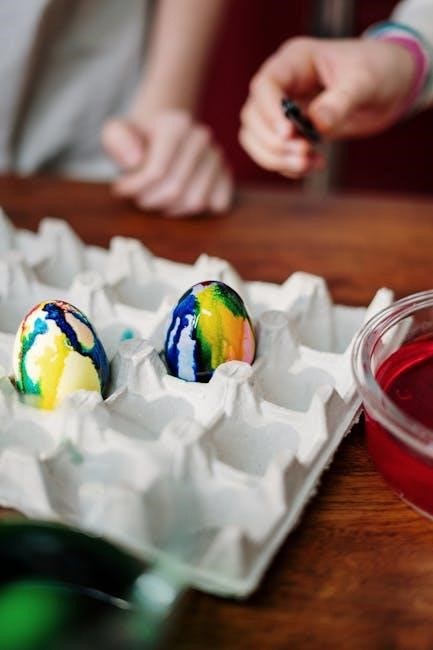
When washing Tie Dye Lab creations, remember that they have been set and rinsed, making the washing machine the final step. Crucially, wash these items within 2 hours of finishing at the lab to prevent colors from transferring within the bag. Due to the unique dyeing process, some colors may bleed onto other parts of the shirt while it sits. Always wash Tie Dye Lab creations separately or with similar colored items to avoid unwanted color transfer. Follow the specific instructions provided by the lab for the best and most vibrant results, ensuring your colorful creation remains stunning!
Fabric Conditioners: To Use or Not to Use
The use of fabric conditioners with tie-dyed items is a topic of debate. Many sources advise against using them, as they can potentially affect the dye’s vibrancy and longevity. Fabric conditioners can leave a residue on the fabric, which may interfere with the dye’s adherence over time, potentially leading to faster fading. It is generally recommended to avoid fabric conditioners, especially during the initial washes. If you choose to use them later, do so sparingly. Always refer to the manufacturer’s instructions regarding fabric conditioner usage. Consider the potential impact on the dye before using these products.
Washing Flour-Contaminated Laundry: Avoid This!
Avoid washing laundry contaminated with flour in the same load as your tie-dyed items. Washing flour can create a sticky paste that clogs your washing machine’s drain. This can lead to significant damage and costly repairs. Flour residue can also be extremely difficult to remove from fabrics. It can also cause the colors of your tie-dye to fade. To prevent potential problems, always wash flour-contaminated items separately. If flour gets on your tie-dyed clothing, remove it before washing, preferably by shaking the garment thoroughly.

Resources and Further Information
Explore online guides and PDFs for detailed tie-dye washing instructions. Discover tie-dye kits with comprehensive instructions. Find recommendations to help you achieve vibrant, long-lasting results for your creations.
Online Guides and PDFs: Where to Find More Information
For in-depth tie dye washing instructions, several online guides and downloadable PDFs are available. Websites like Dharma Trading Co. and Tulip offer comprehensive resources, including step-by-step instructions and troubleshooting tips. These guides often cover various aspects, such as pre-washing, dye setting, rinsing, and washing techniques.
PDF documents provide printable checklists and detailed explanations, ensuring you don’t miss any crucial steps. Explore these resources to understand the best practices for maintaining the vibrancy and longevity of your tie-dyed items; These guides offer expert advice to achieve professional-quality results and prevent common issues like dye bleeding or fading.
Tie Dye Kits: Instructions and Recommendations
Many tie dye kits include specific washing instructions tailored to the dyes and fabrics provided. Always refer to the manufacturer’s recommendations, as these instructions are designed to optimize color retention and prevent damage. Kits like the Tulip One-Step Tie-Dye Kit often provide detailed steps for rinsing, washing, and drying your creations.
These instructions typically emphasize the importance of washing items separately in cold water with a mild detergent for the first few washes. Some kits may also recommend using color fixatives to enhance dye adherence. Following these guidelines ensures your tie-dyed items remain vibrant and prevents dye transfer to other garments.

